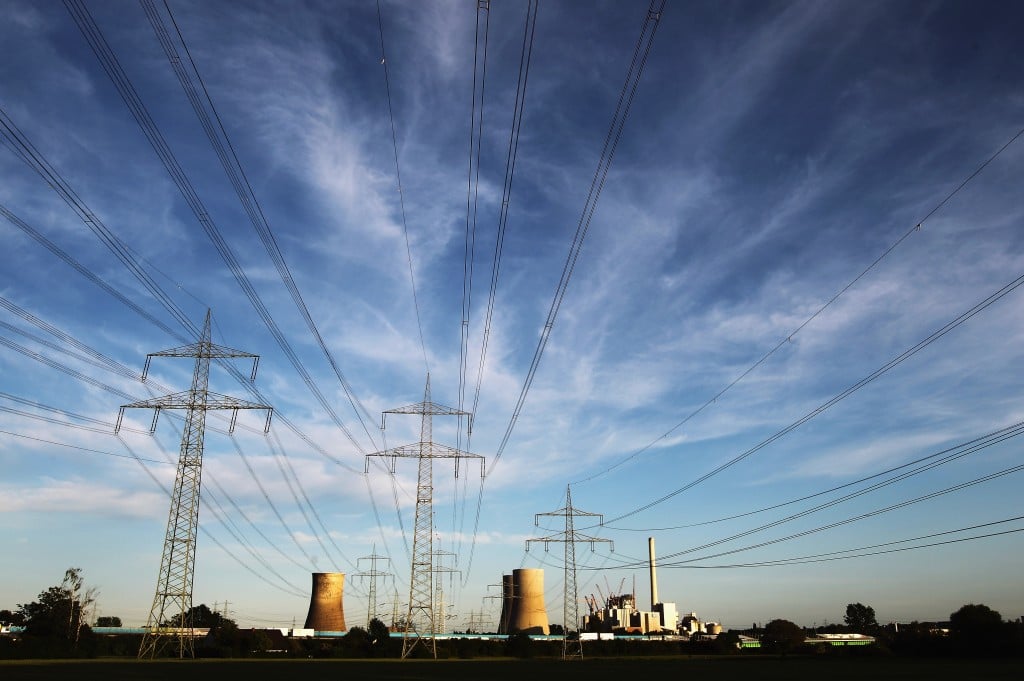In the case of public utilities, the pricing decision is not left to the individual firm. Prices are usually regulated by some public body like the Tariff Commission or the Railway Board in India.
Public utility regulation is essential because in many cases the firms concerned are “natural monopolies”.
Natural monopolies are said to exist when the minimum optimum firm size is so large that there is scope for only one or a few firms which are large enough to take advantage of the economies of scale in production and distribution.
ADVERTISEMENTS:
As a result of this giant size, profit maximisation level of output is reached at a point where long run average costs are still falling. In such a case, one firm may provide the goods or services at a lower total cost than several smaller competitive firms.
In order that the community reaps the benefits of this situation, it has to be protected from a firm charging the profit maximising monopoly price.
Regulation is essential to achieve this objective. Let us illustrate with the help of diagrams the three possible price output solutions for the natural monopolies faced with declining long run average costs.
ADVERTISEMENTS:
In this case output is restricted, prices are high and the monopolist earns a very large amount of profits. Regulation seeks to balance the situation. Solution P2 M2may be the “fair return on fair value” remedy.
In this case prices are fixed at a level just sufficient to cover the “full costs” of operation incurred by the utility industry plus a “fair rate of return” on the capital investment of the industry. This fair- return on fair-investment regulation idea, though most widely prevalent in utility regulation today, has its weaknesses.
There is no unanimity of opinions concerning what constitutes a “reasonable rate of return” oh the capital investment of the industry.
Moreover, there is much controversy over the appropriate definition of the “rate base” i.e., the value of the property on which the rate of return is calculated. Some regulatory bodies value the rate base at its historical costs.
ADVERTISEMENTS:
In period of inflation such valuation process is regarded as confiscatory and some argue that the appropriate valuation procedure should be the replacement cost. An intermediate position is that the valuation should be based on “fair market value”.
There are many other problems with regulation based on fair-return pricing. The utility industry and the regulatory body must have accurate estimates of the demand function. The same holds good for costs in order to arrive at P2 M2 solution.
But in actual practice this is a difficult task. Secondly, because fair-return pricing essentially guarantees a profitability level to the utility industry, there are strong incentives for cost control by the industry.
Welfare economists advocate the third price-output solution P3 M3. This is the marginal cost-pricing solution.
Social welfare will be increased if the price is fixed below OP2 because the increased output is valued by society at a higher level than the value of additional resources used in expanding output beyond OM2.
In the social welfare context, equilibrium is reached at P3 M3 where price just equals marginal cost. Hence any price higher than CP3 fails to maximise the welfare of society.
However, in the case of falling long run average cost curve, the marginal cost solution results in a price which is less than average cost, thereby necessitating either public subsidy to the industry or public ownership.
We encounter a further problem when the firm is operating in a range where it has increasing instead of decreasing average costs.
We have noted that if the marginal cost pricing is adopted the social welfare is maximised. However, in actual practice many Indian public utilities do not follow this principle.
The pricing formulas used by railways, electricity boards and other public utilities do not have that degree of flexibility needed to practice marginal cost pricing. Their prices are based on an estimate of full costs plus a reasonable return on the capital employed.
The Government of India introduced price control for many commodities including necessities and basic capital goods (e.g. steel and cement). The Tariff Commission of India and the Bureau of Industrial Costs and Prices are involved in determining fair prices for such commodities and keeping them under control.
There is a great deal of controversy concerning a reasonable rate of return. The rate of return considered reasonable by the Tariff Commission and other price fixing bodies fall below what investors would consider reasonable.
Consequently, resources will not flow into industries under price control thereby injuring the long-run interests of consumers. If there is an excess demand, contraction of supply of the commodity in question will have an adverse effect on consumer interests.
Determination of price under price control calls for a careful balancing of the interests of the consumers and those of producers which is a tough job.

